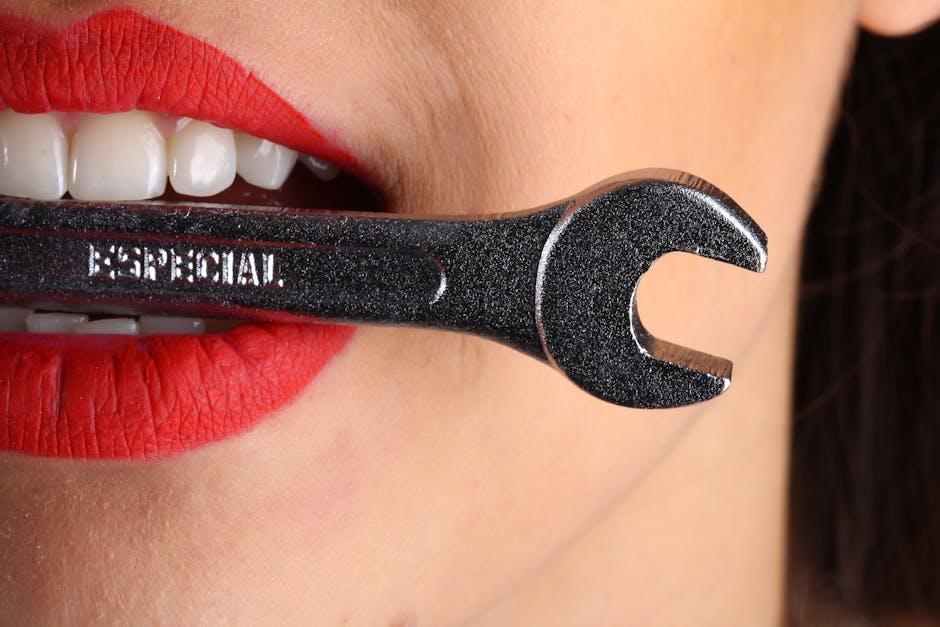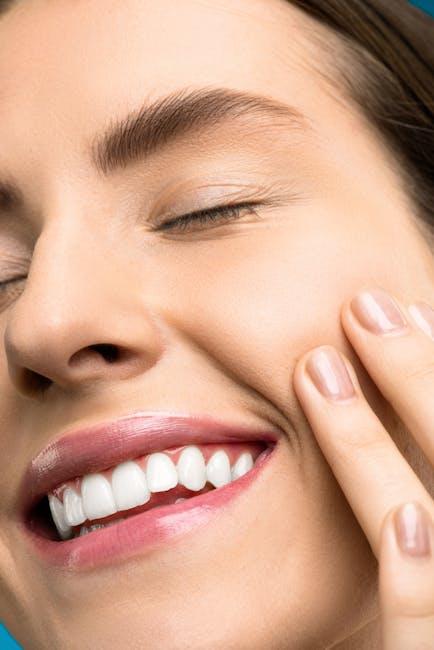
Teeth: The Story of Beauty, Inequality, and the Struggle for Oral Health in America – Nature
In the United States, teeth represent much more than just a biological feature. They are intertwined with cultural ideals of beauty, social status, and health. Yet, despite advancements in dental care, millions of Americans grapple with unequal access to oral health resources. This article explores the complex narrative of teeth within American society – from their role in aesthetics to health disparities, and the ongoing struggle for equitable oral care.
The Cultural Significance of Teeth in America
Teeth have long been considered a critical element of personal appearance and societal acceptance. From dazzling white smiles on magazine covers to memes about dental hygiene, healthy teeth symbolize:
- Beauty and confidence: A bright smile often equates to attractiveness and self-assurance.
- Professional success: Studies indicate that individuals with healthy teeth are often perceived as more competent and employable.
- Social belonging: Dental aesthetics influence first impressions and social interactions, impacting personal and professional relationships.
Dental Inequality: A Widening Oral Health Gap
Despite the importance placed on teeth, oral health in America is marked by significant disparities. These inequalities are largely driven by:
- Economic barriers: Dental care is often costly and not fully covered by insurance, leaving low-income families vulnerable.
- Geographic disparities: Rural and underserved urban areas suffer from a shortage of dental professionals and clinics.
- Racial and ethnic inequities: Minority groups frequently experience higher rates of untreated dental problems and lower preventive care.
These factors contribute to a cycle where poorer oral health leads to broader health complications, reduced quality of life, and even impacts on mental wellbeing.
Key Statistics on Oral Health Disparities in America
| Demographic Group | % Without Dental Visit in Past Year | Common Dental Issues |
|---|---|---|
| Low-Income Adults | 46% | Tooth decay, gum disease |
| Rural Residents | 39% | Limited access to care, untreated cavities |
| Hispanic and African American Communities | 42% | Higher rates of tooth loss, untreated decay |
The Struggle for Oral Health Access
Access to dental care remains a major public health challenge in the United States. Key obstacles include:
- Insurance gaps: Unlike general medical care, dental coverage is often excluded from standard health insurance plans.
- Cost-prohibitive treatment: Even insured patients may face high co-pays, deductibles, or limits on coverage for major procedures.
- Lack of public funding: Programs like Medicaid provide limited adult dental benefits depending on the state, leaving many without assistance.
Efforts by government agencies, non-profits, and community clinics aim to bridge these gaps, but progress is slow and uneven.
Benefits of Prioritizing Oral Health
Maintaining good oral health offers more than just a perfect smile. Benefits include:
- Prevention of systemic diseases: Poor oral health is linked to heart disease, diabetes, and respiratory infections.
- Improved nutrition: Healthy teeth enable proper chewing and digestion.
- Enhanced mental health: Reduced pain and boosted self-esteem improve overall wellbeing.
Practical Oral Health Tips for Everyone
Irrespective of socioeconomic status, these small, consistent habits can make a huge difference:
- Brush twice daily with fluoride toothpaste.
- Floss at least once a day to remove plaque between teeth.
- Limit sugary foods and drinks that erode enamel.
- Visit a dentist regularly for check-ups and cleanings.
- Use mouthwash to reduce bacteria and freshen breath.
Case Study: Community-Based Dental Clinics Closing the Gap
Across the country, organizations like Smile Healthy and Community Dental Care Centers illustrate how targeted interventions can improve oral health equity:
- Mobile dental units: Bringing care directly to rural or underserved communities.
- Sliding-scale payment models: Adjusting costs based on patient income.
- Dental health education: Partnering with schools and community groups to provide preventive knowledge.
These initiatives demonstrate that while inequality persists, innovative approaches to dental care can make lasting impacts.
First-Hand Experience: What It’s Like to Navigate the Dental System
Jessica, a 34-year-old single mother from a rural town, shares her dental health journey:
“For years, I put off going to the dentist because it was just too expensive and there wasn’t a clinic nearby. When my toothache got unbearable, I finally found a mobile dental unit visiting my town. The staff were understanding and offered care I could afford. It changed how I view my health — and I hope others can find similar support.”
Conclusion: Bridging the Gap to a Healthier Smile for All
The story of teeth in America reflects broader themes of beauty, inequality, and health. Teeth are both a personal and societal symbol—how well we care for them often mirrors our access to resources and opportunities. Addressing oral health disparities requires systemic change, greater education, and community-driven solutions that prioritize equity.
For individuals, consistent oral hygiene remains a powerful tool, while for policymakers and healthcare providers, expanding access to affordable dental care is urgent. When we improve oral health for everyone, we lay the foundation for healthier, more confident, and more equitable communities nationwide.


